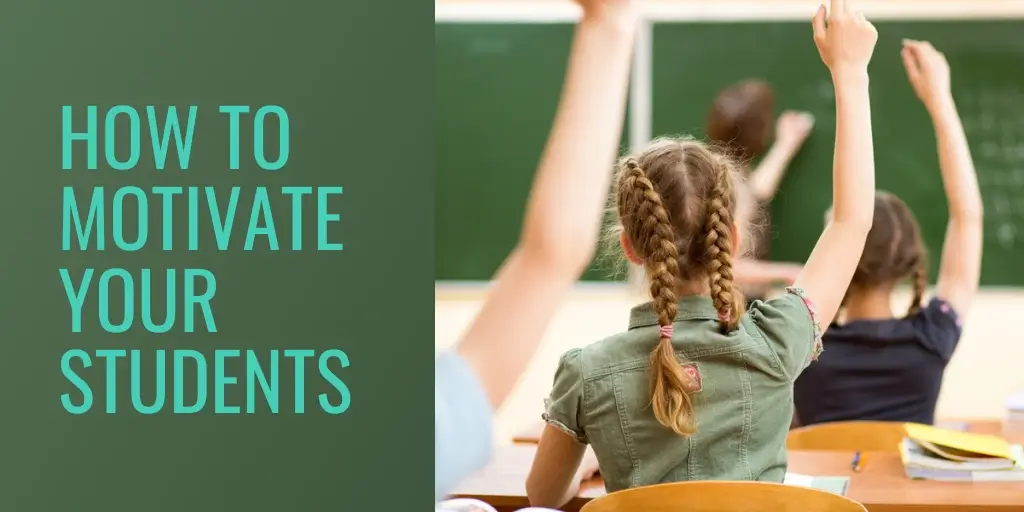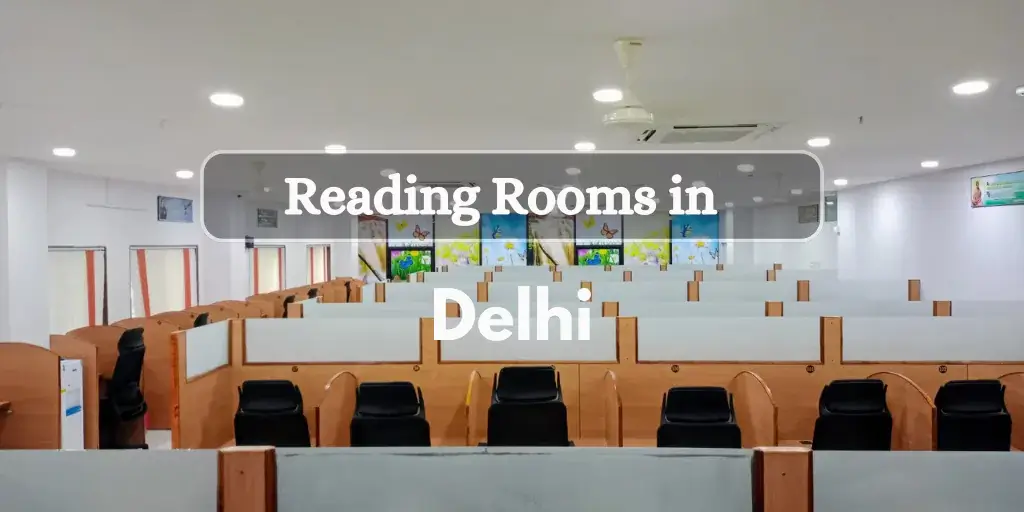Recently updated on January 17th, 2025 at 09:44 am
Motivating students to achieve in their studies necessitates a combination of tactics that include their intrinsic motivation, individual requirements, and the learning environment. Rewards, incentives, and technological integration all contribute to increased motivation; resilience and tenacity are largely fostered by growth mindset development and student agency promotion. Here are some specific actions you can follow:
1. Establish clear goals and expectations
To help pupils succeed academically, it is essential to set clear expectations and goals. Teachers give pupils a road map for their educational journey by stating the goals of each lesson or unit in plain and concise terms.
Students are better able to stay motivated and concentrated when expectations are made clear to them. Additionally, having clear goals makes it possible for teachers to evaluate students’ progress and offer focused assistance when it’s needed.
In the end, an organized learning environment that promotes student participation, accountability, and achievement is produced by clearly defining goals and expectations.
2. Make learning relevant
Encouraging students and assisting them in realizing the relevance of what they are studying depends on making the material relevant. Teachers can show pupils the importance and relevance of the topic by making connections between classes and current events, real-life situations, or their interests.
This method improves students’ comprehension and retention of the material while also increasing their motivation. Encouraging students to actively participate and apply their information in meaningful ways is achieved through the use of case studies, project-based learning, or interactive discussions as a means of making learning relevant.
It cultivates a lifetime love of learning by assisting students in realizing the importance of education to their lives and future undertakings.
3. Provide autonomy and choices
Giving students choice and autonomy encourages them to take charge of their education, which in turn develops intrinsic drive and a sense of accountability.
Students become more involved and invested in their education when they are given the freedom to choose how they want to learn and show what they have learned. Teachers can provide students liberty by letting them pick project subjects, select from a variety of assignment possibilities, or work in groups on group projects with their peers.
This method encourages critical thinking, creativity, and self-direction in addition to meeting the needs of each student individually. Teachers foster independence and the lifelong learning skills necessary for success in the classroom and beyond by giving students the freedom to make decisions and take charge of their education.
4. Employ Differentiated Instruction
Differentiated instruction is adjusting instructional strategies and resources to meet the varied learning requirements and skill levels of the students. This method seeks to meet each learner at their level while acknowledging that each student has unique abilities, interests, and learning preferences.
By modifying the content, method, or end product of learning activities to meet the requirements of specific students, educators can diversify education. This could be giving students more difficulties or support, coming up with different assignments, or changing the way that lessons are taught to accommodate different learning styles.
Teachers can provide inclusive learning environments where all students can access and effectively interact with the curriculum by differentiating their instruction. This individualized strategy enhances learning results for each learner, supports healthy classroom dynamics, and encourages student success.
5. Create a Positive Learning Environment
To promote student involvement, teamwork, and academic performance, a favourable learning environment is crucial. Give pupils the chance to collaborate, exchange ideas, and gain knowledge from one another. Encourage a cooperative classroom environment where cooperation and teamwork are appreciated.
Reward good behaviour and academic success with praise, encouragement, and awards. Acknowledge pupils’ accomplishments and efforts to inspire them to keep aiming high. Instruct pupils on the value of a growth mindset as well as the virtues of tenacity, fortitude, and accepting difficulty. Urge them to see errors as chances for improvement and learning.
6. Establish Incremental Challenges
One of the most effective ways to maintain student motivation and engagement in the learning process is to set up incremental obstacles. Urge pupils to create realistic goals that they can accomplish in a fair amount of time.
These objectives must be clear, quantifiable, and pertinent to their learning goals. Students should be encouraged to consider what they have learned and where they may make improvements. Students who reflect are more likely to engage in metacognition and have a growth mentality.
7. Provide Rewards and Incentives
Giving out prizes and incentives to pupils is a useful way to inspire them and reinforce good behaviour. When students exhibit desired behaviours or meet goals, provide prompt feedback. This serves to further emphasize the link between their deeds and the benefits they obtain.
Publicly recognize and celebrate students’ achievements to encourage good behaviour and inspire others to pursue comparable goals. Students can be inspired to achieve via friendly rivalry. You may, for instance, design tasks or competitions in the classroom where students compete for prizes based on their performance.
8. Give Feedback in a Timely and Specific Manner
Giving students timely and targeted feedback is crucial to assisting them in recognizing their areas of strength and growth. As soon as a student completes a task or assignment, provide feedback. Students’ ability to quickly draw connections between their activities and the results is enhanced when they receive timely feedback.
9. Harness the Power of Technology
Using technology to its full potential can improve learning and teaching processes significantly. Add interactive simulations, instructional games, and films to your lessons to make them more dynamic and engaging. Make use of digital libraries, instructional websites, and online resources to give students access to a variety of knowledge and resources.
Whether students are learning remotely or in the same physical classroom, you can help them communicate and collaborate by using collaborative platforms like Microsoft Teams, Google Workspace, and virtual classrooms.
10. Lead by Example
One of the most effective ways for teachers to establish excellent habits and attitudes in their students is to lead by example. Develop a love of learning and a feeling of inquiry in your attitudes and actions. Be sincere in your interest in the topic and show that you’re open to learning new things.
Set a good example for zeal, inquisitiveness, and lifelong learning by leading by example. Show off your enthusiasm for the subject and your commitment to assisting students in reaching their goals. Students might be inspired and motivated to achieve academic excellence by your passion and dedication.
Conclusion
In summary, encouraging kids to study, therefore, calls for a multimodal strategy that takes into account each student’s unique needs, as well as encourages intrinsic drive, and establishes a supportive learning environment. For instance, students can take charge of their learning by having clear goals, relevant instruction, and freedom and choice from their teachers.
Moreover, fostering student engagement and academic performance requires delivering timely feedback, in addition to fostering a healthy classroom culture, and offering customized instruction.






